1. Demystifying Full Medical Expense Reimbursement
For years, rumors have circulated in China about “100% medical reimbursement” benefits reserved for privileged groups. However, the truth is simpler: affordable supplementary medical insurance offers near-complete coverage to the public.
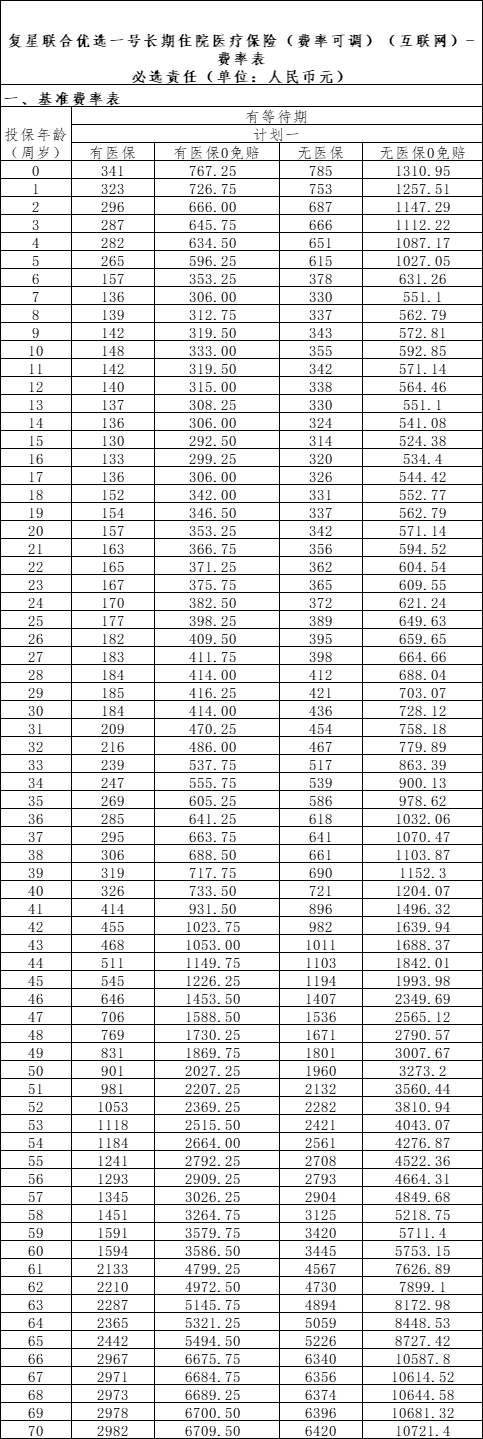
A 30-year-old with public health insurance can purchase a supplementary plan for just $25/year (184 RMB). After a $1,380 (10,000 RMB) deductible, the policy covers:
- General illnesses: Up to $276,000 (2 million RMB) annually.
- Critical illnesses: Up to $552,000 (4 million RMB) annually.
For zero-deductible plans, premiums rise to $57/year (414 RMB), debunking myths of exclusivity.
2. How Insurance Pricing Reflects Risk
Premiums correlate with age and health risks. For example:
- Age 30: $25/year (with public insurance).
- Age 70: $412/year (standard) or $926/year (zero-deductible).
This 16x price difference underscores aging-related risks. Public insurance, by contrast, charges fixed premiums to protect vulnerable populations.
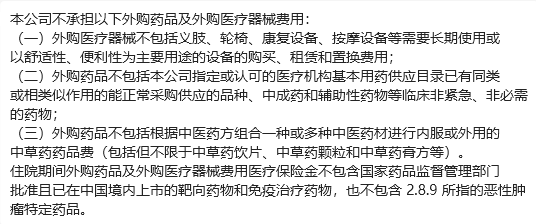
Key Features of Supplementary Plans
- Guaranteed Renewability: 20-year renewals (e.g., Fosun United’s “Star Guardian”).
- Waiting Period: 90-day exclusion for pre-existing conditions.
3. Coverage Limits and Exclusions
While plans cover most hospitalization costs, these exclusions apply:
- Medical devices (e.g., wheelchairs).
- Traditional Chinese medicines.
- Targeted cancer therapies.
Optional add-ons (e.g., cancer drug coverage) cost:
- Age 30: $1.40/year (10 RMB).
- Age 70: $100/year (724 RMB).
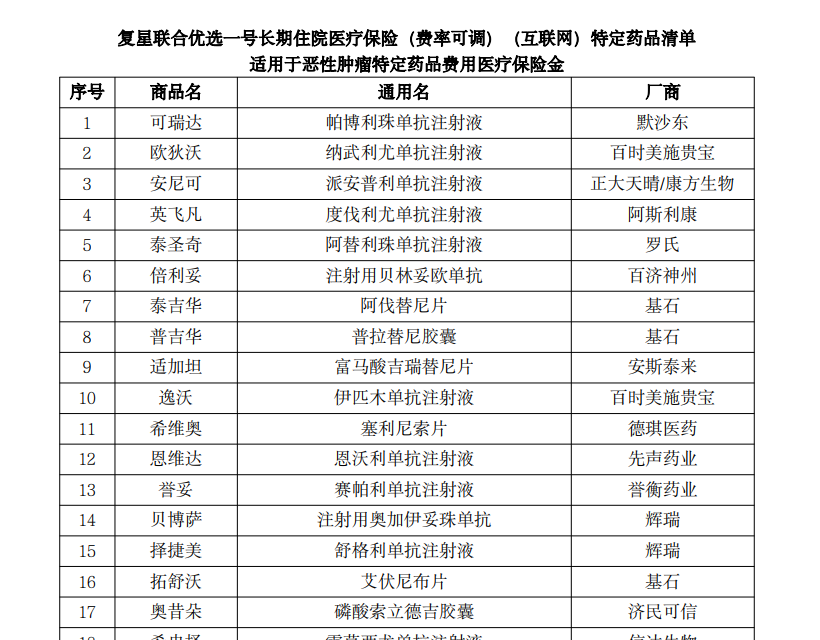
4. The Role of Critical Illness Insurance
While medical insurance covers treatment, critical illness insurance addresses lost income and long-term care. Policies like Darwin 11 offer:
- Coverage: 120 critical illnesses, 30 moderate, 45 mild conditions.
- Payouts: 100% for critical illnesses (e.g., $69,000 for a $69,000 policy).
- Bonus: 30% extra for accident-related critical illnesses.
Additional Benefits
- Hospitalization Stipend: $552/day (500 RMB) for seniors.
- Cash Value: A $69,000 policy accumulates $23,500 (170,000 RMB) by retirement.
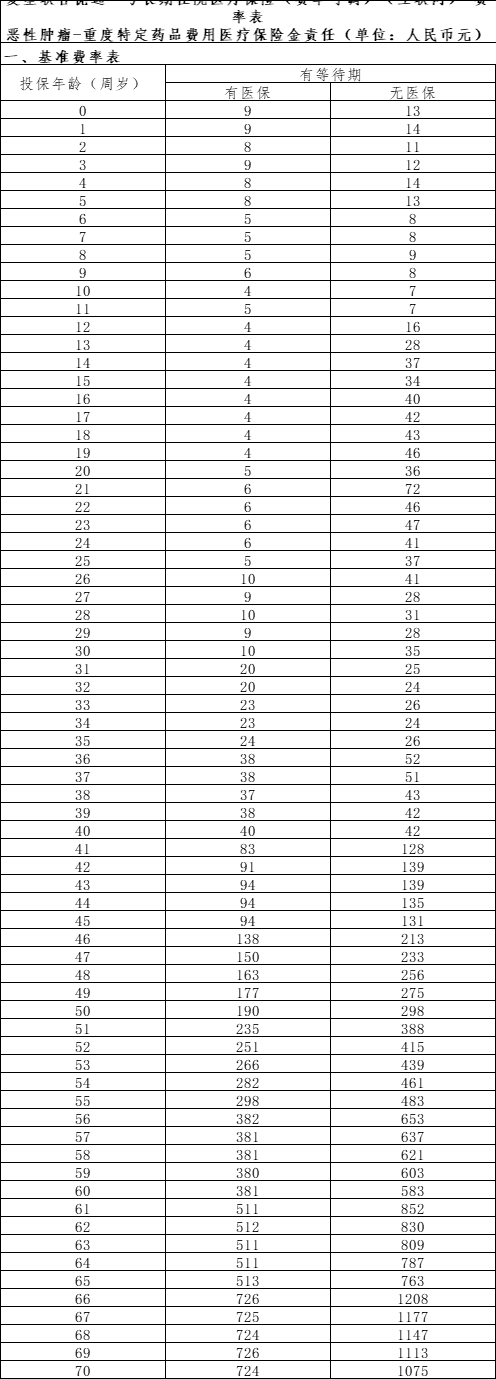
5. Why Critical Illness Insurance Matters
Public insurance and supplementary plans cover medical bills but ignore:
- Lost income during recovery.
- Long-term rehabilitation costs.
- Family expenses (mortgages, education).
A $69,000 payout could cover:
- 1–2 years of living expenses.
- Debt repayment.
- Alternative income sources.
6. Upcoming Insurance Rate Changes
China’s insurance industry faces a pre-set interest rate adjustment in 2025. If Q3 2025 rates fall below 2.25%, expect:
- Critical illness: 10% price hikes.
- Term life: 5–10% increases.
- Children’s plans: 30% jumps.
Act now: A $828/year policy could cost $910/year post-adjustment.
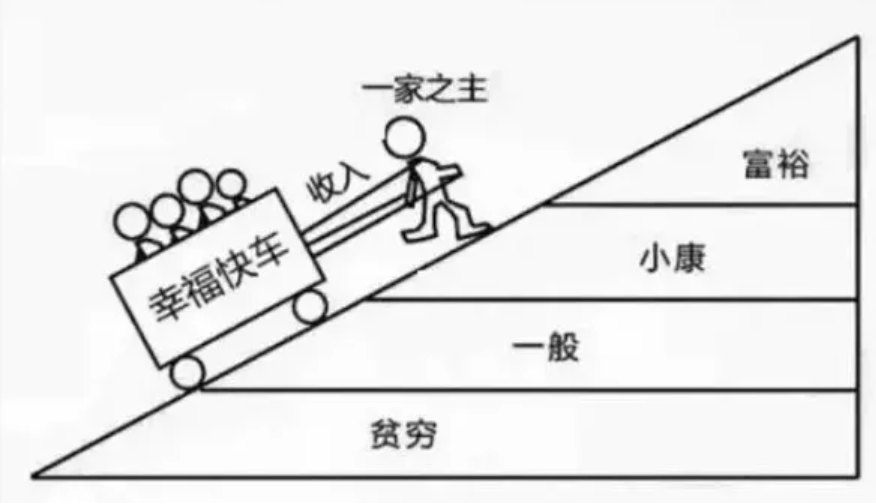
7. Choosing the Right Insurance
For Medical Cost Coverage
- Star Guardian: Affordable hospitalization plans.
- Public Health Insurance: Mandatory baseline coverage.
For Income Protection
- Darwin 11: Comprehensive critical illness coverage.
Budget Considerations
- Young adults: Focus on low-cost supplementary plans.
- Seniors: Prioritize critical illness insurance.
8. Conclusion: Insurance as a Financial Safety Net
Insurance safeguards families from devastating risks. While supplementary medical plans are cost-effective, critical illness insurance addresses deeper financial vulnerabilities. With impending rate hikes, proactive planning is essential.
Get a Free Insurance Quote Today
Note: USD conversions are approximate (1 USD = 7.25 RMB). Policy details vary by provider. Consult a licensed advisor before purchasing.
